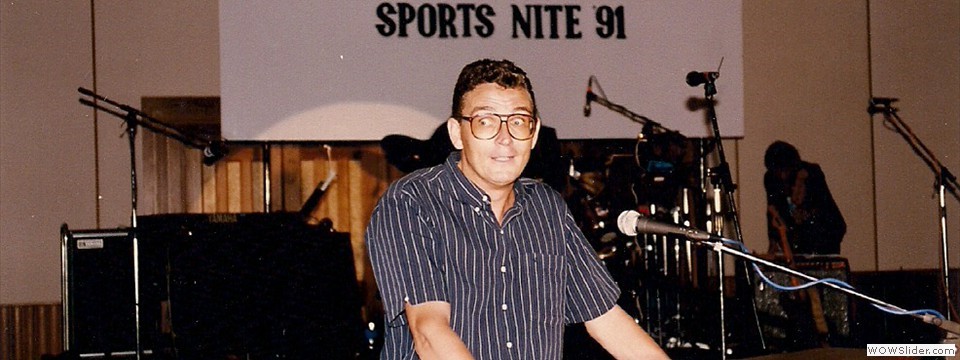Obsoleting myself through a Joint Venture
Setting
As can be read in Financing a moribund company, Friesland Singapore Pte. Ltd., a marketeer for some 50 products, was a minnow with potential, but a minnow nonetheless. Still, the automation I had introduced was effective, I had also built-up financial reserves for logical things like doubtful debts and even for the more exotic but extremely high termination benefits, we had become profitable on a regular basis. One of our products, sterilised milk in plastic bottles, was even the undisputed market leader, while another, Moccona Instant Coffee, had a near cult following.
Challenge
All these successes could however not hide our major weakness: we were a bit player in a small market and further organic growth would require new products. New dairy products, our company’s backbone, were implausible and would, at any rate be more and more niche products: we already had introduced all kind of flavoured milk, as well as ‘growing-up milk’ for several age-brackets. Real growth could only be achieved through agency lines, but why would high-potential products opt for a small company for distribution when they could pick and choose.
Solution
I scoured the Singapore market for other problem companies distributing into the retail market and found a perfect fit: A one product company (manufacturing and marketing a malt drink; a very popular kind of beverage in Singapore) that was only just hanging-on to its market leader position. Its market share, although still above 50%, was reducing every year. It’s problem was the exact opposite of ours:
- We had many products the retail industry wanted to carry, but not one product they definitely could not do without; our leverage when it came to the best timing for promotions or for the best in-store location was low
- They had a product every retailer had to stock, but, having only the one product, purchasers felt that they had to spent a disproportionate amount of time on it; as a result they intentionally or unintentionally favoured the competitor
As such a marketing joint-venture made a lot of sense, both our major weakness would be removed at one stroke. The fact that our turn-over was similar made the fit even more suitable. On the other hand, their superior profitability, as well as the fact that they achieved their turn-over with one product, whgave them the upper hand. Although our EDP program would be used and our team would lead the administration – theirs obviously could not easily cope with the added complexity -, they would provide the new Managing Director; I gladly stepped down having ensured the longevity of the company and its products.













See also: